A report issued by the market research firm Monday claims the touch-screen handset now trails only Motorola's RAZR V3 on the US sales charts. It also cited a surge in sales immediately following the introduction of the iPhone 3G that has helped the device garner a 17 percent share of the overall US smartphone market.
More specifically, NPD said the iPhone 3G was the No. 1 US smartphone based on units sales from June through August, outselling the Blackberry Curve, Blackberry Pearl, and Palm Centro.
Of those customers who purchased an iPhone during those months, 30 percent switched from other mobile carriers to join AT&T, according to the firm. That compares to 23 percent of consumers who switched carriers during the same time period for other reasons.
Nearly half of iPhone switchers (47 percent) made the jump to AT&T from rival Verizon Wireless, while 24 percent switched from T-Mobile. Another 19 percent are reported to have switched from Sprint.
"The launch of the lower-priced iPhone 3G was a boon to overall consumer smartphone sales," said Ross Rubin, director of industry analysis for The NPD Group. "While the original iPhone also helped win customers for AT&T, the faster network speeds of the iPhone 3G has proven more appealing to customers that already had access to a 3G network."
The average price of a smartphone sold between June and August was reportedly $174, down 26 percent from the average $236 price tag during the same period last year.
Also on Monday, two independent Apple analysts issued a report suggesting that Apple has more than surpassed its self-imposed goal of selling more than 10 million iPhones during the 2008 calendar year.
 Sam Oliver
Sam Oliver






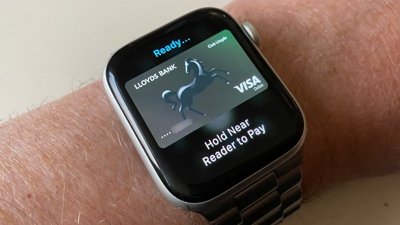
 William Gallagher
William Gallagher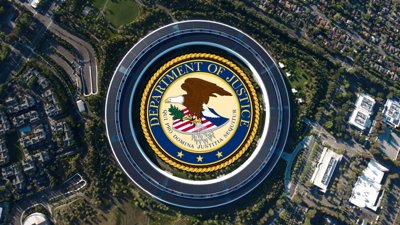
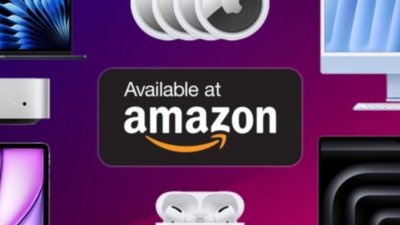
 Christine McKee
Christine McKee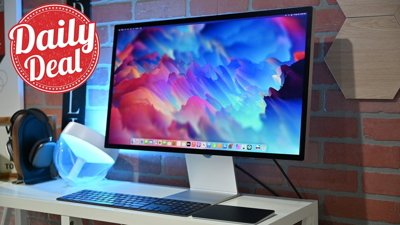
 AppleInsider Staff
AppleInsider Staff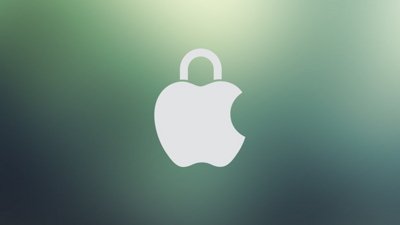
 Chip Loder
Chip Loder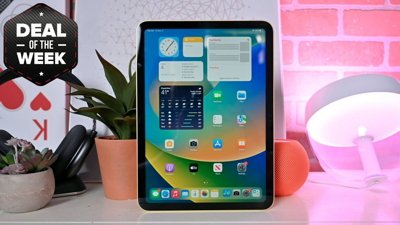
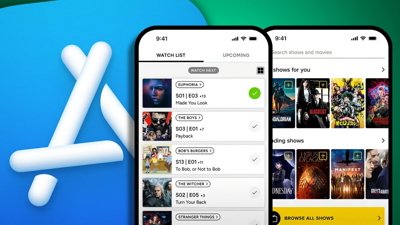
 Malcolm Owen
Malcolm Owen
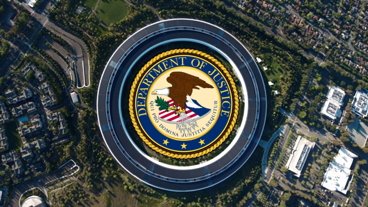







35 Comments
Nearly half of iPhone switchers (47 percent) made the jump to AT&T from rival Verizon Wireless, while 24 percent switched from T-Mobile. Another 19 percent are reported to have switched from Sprint.
AT&T, please take some of the extra money you're making now from these
switchers, and get 3G into more areas!
Mr. On-EDGE (and millions like me)
Canalys analysts reported that Apple had 28% of the US smartphone market in 2007 christmas quarter --- obviously that was crap because half of them were immediately exported overseas (so they don't actually belong to the US market share).
One disturbing trend is that AT&T used to get 40% of their iphone subscribers from other carriers jumping ships --- now it's only 30%.
One disturbing trend is that AT&T used to get 40% of their iphone subscribers from other carriers jumping ships --- now it's only 30%.
I'm not sure I agree with this being "disturbing." When the iPhone first came out, a lot of people switched to AT&T from whatever carrier they had, so they could get the iPhone (I'm one, among those who came over from Verizon). When the 3g came out, many of those who had 2g iPhones upgraded, which would weight the numbers toward non-switchers. The fact that it's still 30% in the face of such a large installed base is actually pretty promising.
(That is, unless I missed the point of your post, and you meant that you are disturbed by the fact that lots of people are still coming to AT&T for the iPhone )
I want Apple to sell 10 million more, so they doubled their expectations.
I'm not sure I agree with this being "disturbing." When the iPhone first came out, a lot of people switched to AT&T from whatever carrier they had, so they could get the iPhone (I'm one, among those who came over from Verizon). When the 3g came out, many of those who had 2g iPhones upgraded, which would weight the numbers toward non-switchers. The fact that it's still 30% in the face of such a large installed base is actually pretty promising.
(That is, unless I missed the point of your post, and you meant that you are disturbed by the fact that lots of people are still coming to AT&T for the iPhone )
The percentage may be lower, but the sheer number of switchers due to the iPhone is significantly higher than the original launch. The first 30 hours (the last 30 hours of Apple's Q3) they sold a reported 270k. In Apple's Q4 they sold a reported 1.4M. That is about 1.7M units. If 40% were switchers that means that 680k from other carriers. If these new estimates are accurate, even on the low end, then 30% would mean that over 2M new customers were had from the other carriers.
That is significant, but I look forward to the actual reported numbers as to how the various carriers faired overall for the quarter. i'd wager that Verizon added more customers than it lost.